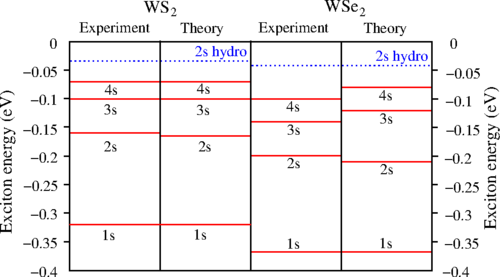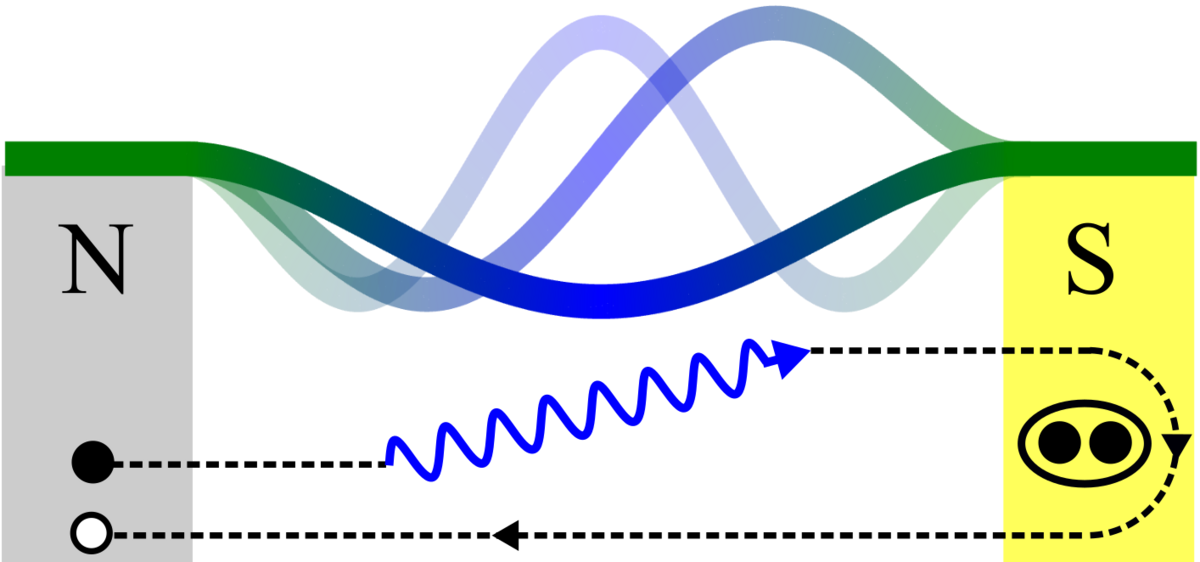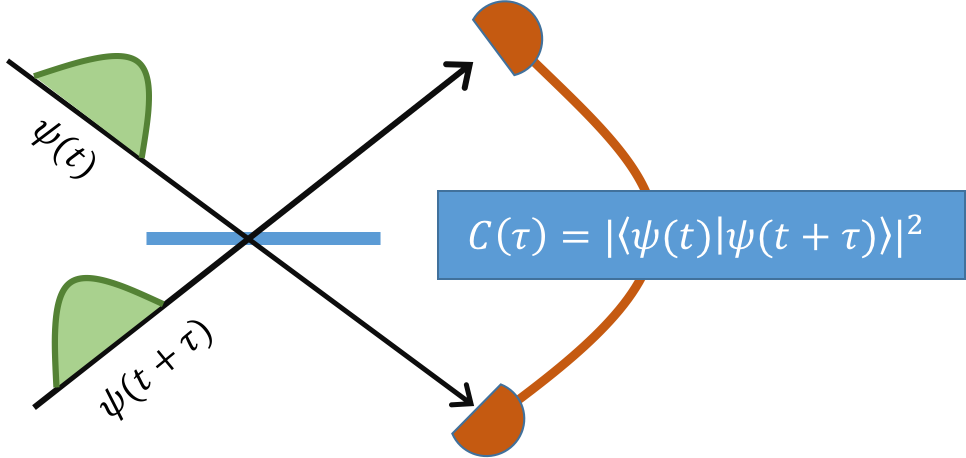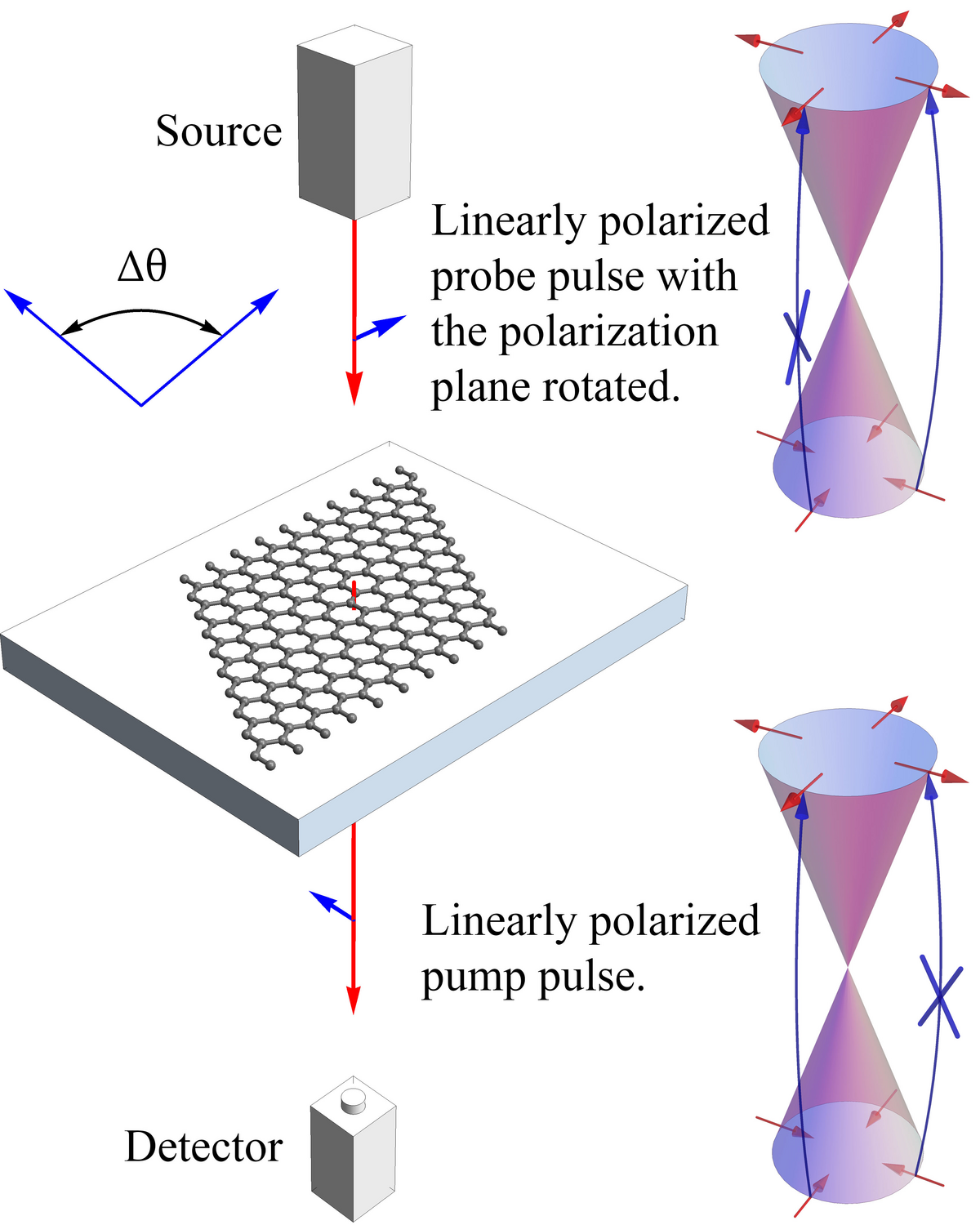
Model Prediction of Self-Rotating Excitons in Two-Dimensional Transition-Metal Dichalcogenides
Using the quasiclassical concept of Berry curvature we demonstrate that a Dirac exciton—a pair of Dirac quasiparticles bound by Coulomb interactions—inevitably possesses an intrinsic angular momentum making the exciton effectively self-rotating. The model is applied to excitons in two-dimensional transition metal dichalcogenides, in which the charge carriers are known to be described by a Dirac-like Hamiltonian. We show that the topological self-rotation strongly modifies the exciton…
Read more





